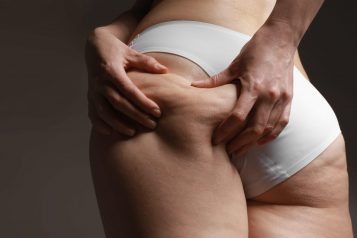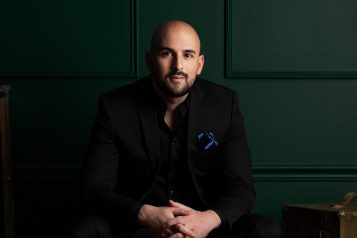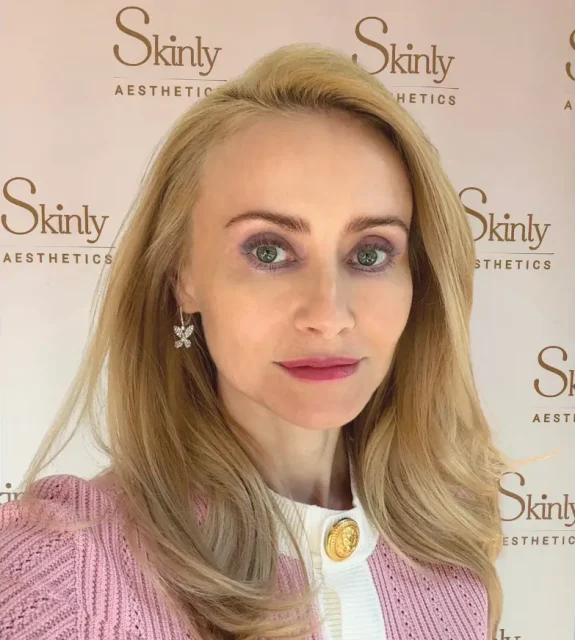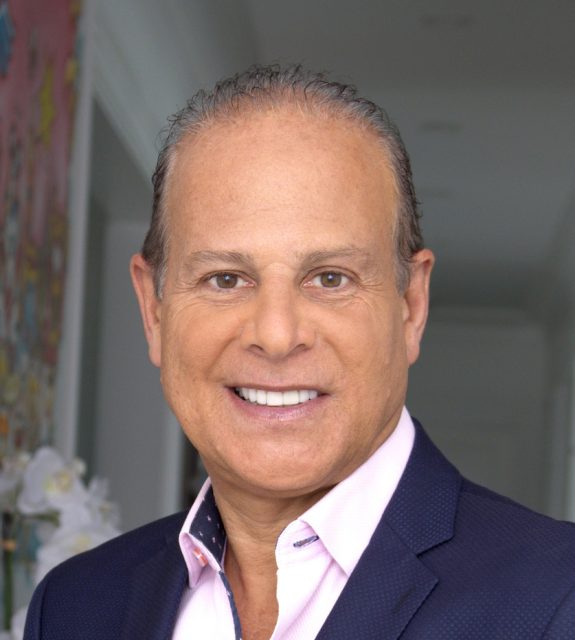Dr. Mark G. Albert, M.D. is a solo practice Aesthetic Plastic & Reconstructive Surgeon on the Upper East Side of Manhattan and Director of the renowned Manhattan Eye, Ear, and Throat Hospital Aesthetic Plastic Surgery Fellowship. He is a graduate of The University of Pennsylvania and Michigan State University College of Medicine. He completed his residency training at the University of Massachusetts and then complemented an aesthetic plastic surgery fellowship at The Manhattan Ear, Eye, and Throat Hospital.
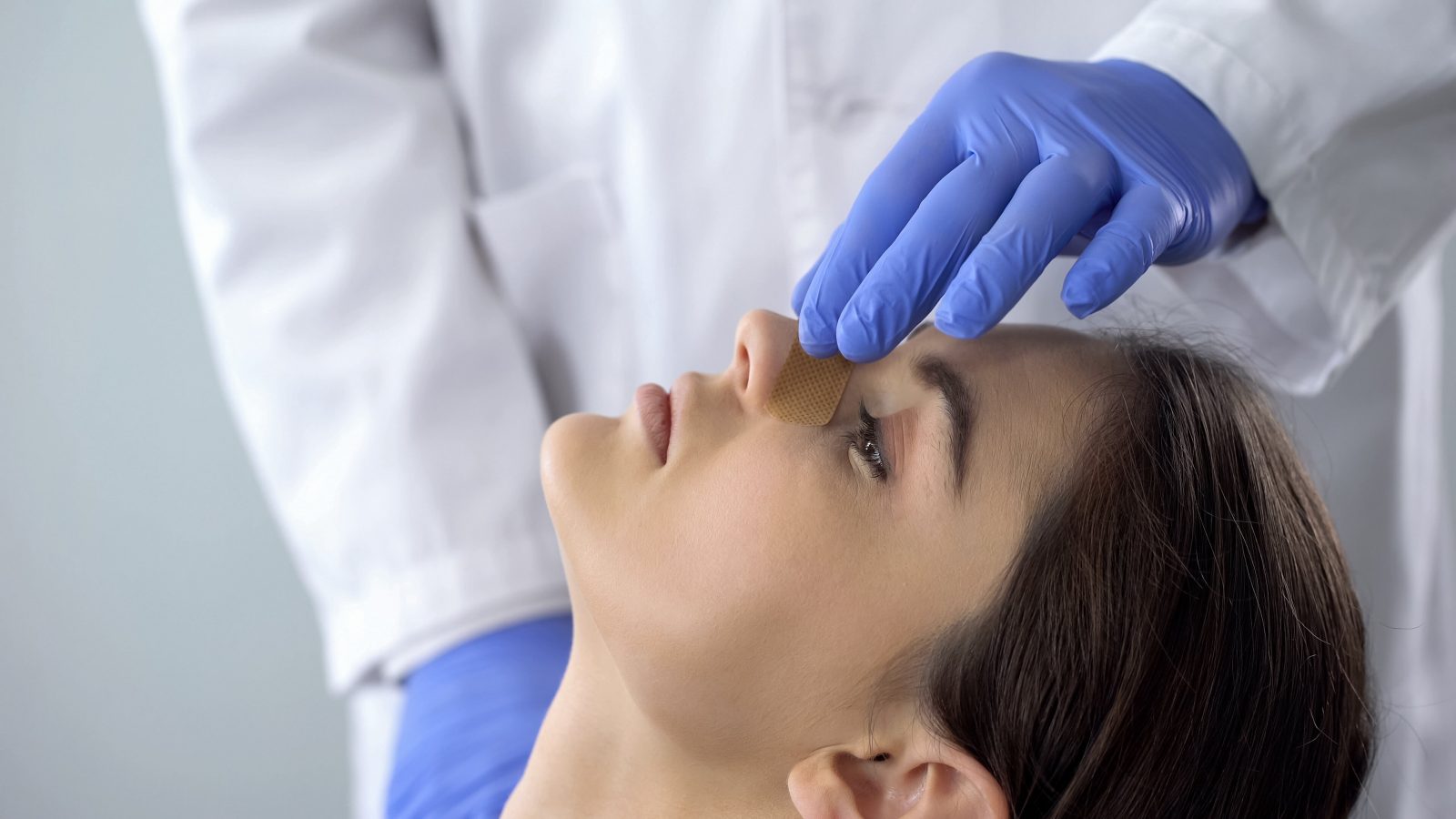 Photo Credit: Shutterstock
Photo Credit: Shutterstock
Rhinoplasty, commonly known as a nose job, is a procedure that makes cosmetic and functional changes to the nose. In the past, open rhinoplasty has been a standard option but closed or “scarless,” rhinoplasty has become more popular.
Haute Beauty sits down with Haute Beauty Expert, Mark G. Albert M.D., F.A.C.S. to review why scarless rhinoplasty may be the best option for you.
What is scarless (closed) rhinoplasty?
The majority of rhinoplasties are currently performed open, meaning there is a scar underneath the nose. Essentially, all the skin and soft tissue on the nose are lifted up, and the surgeon looks directly at the cartilage and bone and makes changes that way. Closed rhinoplasty has no scar since there is minimal lifting up of the skin and the soft tissue. Everything is done through the nostrils in a minimally invasive way.
When would you recommend a patient to go through a closed or open approach?
There are a handful of surgeons in the country who do only closed rhinoplasty. This is what I prefer to do—only closed rhinoplasty. There never really is, in my opinion, a good time to do open rhinoplasty.
What makes a good candidate for closed rhinoplasty?
Many people seek rhinoplasty when they are looking to make cosmetic changes to the nose (subtle or drastic). Others seek rhinoplasty when they have breathing difficulty. Insurance often covers the functional portions of a scarless rhinoplasty.
As far as cosmetic concerns that bother people, it varies a lot. The most common concern is having a hump or a tip that droops. That is a combination I address most often, but certainly, people have broad noses, they have tips they think are boxy, or tips they think are bulbous, or their columella hangs down, their nostrils are too wide, their boney vault is too wide, there are a lot of potential nasal deformities. Sometimes a nose is over-projecting and I have to de-project the nose. The deprojection idea is when the nose sticks out too far from the face and there are ways I can bring it closer to the face.
What are the benefits of closed rhinoplasty?
First of all, I feel as though it is safer because you cut down on complications that can come about from opening the nose. The results are also more predictable because the less dissection you perform, the less trauma to the nose that you create, which means that there is less healing that needs to happen. Less healing implies that what I do in the OR will persist in the post-op period.
What are your most important questions during a rhinoplasty consultation?
I ask a lot of questions about breathing as there are many things that can be done surgically to improve breathing. Certainly, if someone has an issue breathing, I want to know about it before surgery. I’ll also ask many questions about their medical past such as whether they have undergone anesthesia, do they have allergies, are they taking any medications that might need to be paused? I also ask if they smoke, as I do not operate on smokers until they have stopped for at least 6 weeks.
In closed rhinoplasty, do you still undergo anesthesia?
Yes, closed rhinoplasty and open rhinoplasty are performed under the same anesthesia - typically general anesthesia.
Can other procedures be performed at the same time?
It is really common to have something else done at the same time as scarless rhinoplasty. Usually, a good addition is to put in a chin implant at the same time or do a facial fat transfer (including to the chin). People even have body, abdominal, or breast aesthetic procedures at the same time.
 Photo Credit: Courtesy of Dr. Mark Albert
Photo Credit: Courtesy of Dr. Mark Albert
What can be expected of a patient to get the best results?
I prescribe a medication to use in the nostrils before surgery to ensure no bacteria are living inside the nose at the time of surgery.
Post-procedure, there is no packing inside the nose or stitches that need to be removed. There is a little splint that I ask people to keep on for a week. I also ask my patients to keep their heads elevated for about two weeks after surgery, which means sleeping on a few pillows at night.
How long of a recovery period can a patient expect to have?
Another advantage of closed rhinoplasty is that the swelling can be reduced compared to open rhinoplasty because there is less soft tissue disruption. For most people who undergo closed rhinoplasty, if they have bruising, it will last less than a week, and the swelling is mostly gone at two weeks. At three months, you are getting close to your final result but the result will continue to become more and more refined even up to 18 months after surgery.
Do you recommend any over-the-counter medications after surgery?
I certainly do not tell my patients to stay away from any over-the-counter medications, like Arnica or Bromelain. Although these medications have been studied pretty extensively, none of them have been shown to make a clinical difference in recovery. With that said, there are plenty of patients who swear by them, so if my patients ever want to use them, I say, absolutely!
There is also a medication that I started using in the past year called tranexamic acid, which aids in cutting down on the bruising and bleeding during surgery. That has helped dramatically with bruising and swelling post-operation.
Do you tell your patients to put peas or ice on their eyes?
It can help minimize swelling and there is little risk of harm in doing it, so I say, go for it!
When do you see the results?
Post-operative, you will know what your nose looks like even though you have some swelling. At the one-week mark when we take off the splint, people are usually thrilled. At this point, they are normally going back to work, school, you name it.
I do ask everyone the week after surgery if the experience is better or worse than they expect? 99% of people say it was better than expected.
If a patient is dissatisfied with the cosmetic outcome of rhinoplasty, what would you do?
Well, honestly and fortunately, that is an uncommon thing. The reason is that I do something called Crisalix virtual reality imaging with patients. They come in, we take photographs, and then the patient and I sit down together with an iPad and make changes to the nose. So, the patient and I determine exactly how they want their nose to appear.
Through this process, I’m able to get a good idea of what is going to make them happy. If such a thing were to happen where they are not satisfied with the outcome, I can make slight adjustments 6-12 months after surgery, and I would fix it without a procedure fee.






